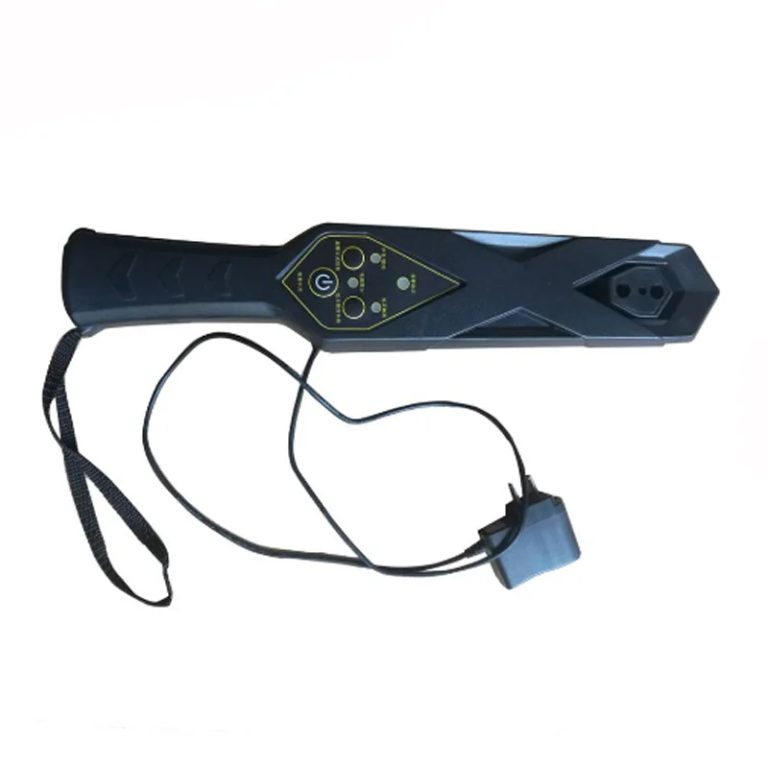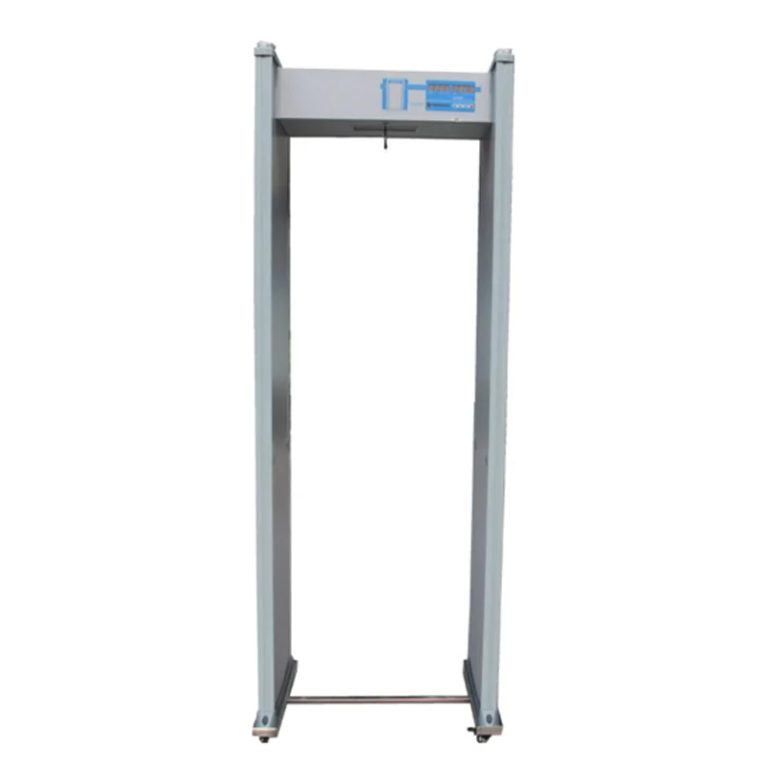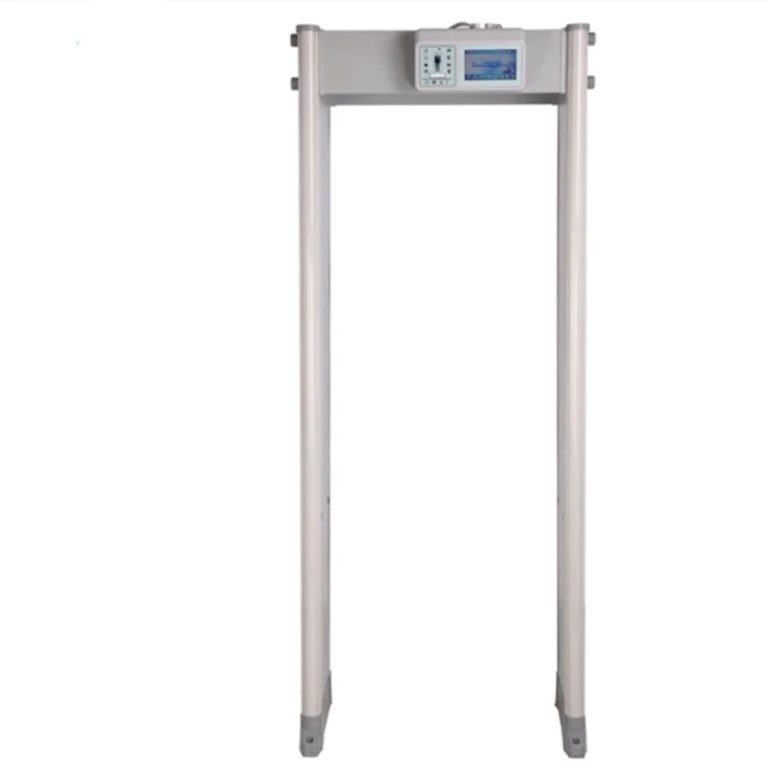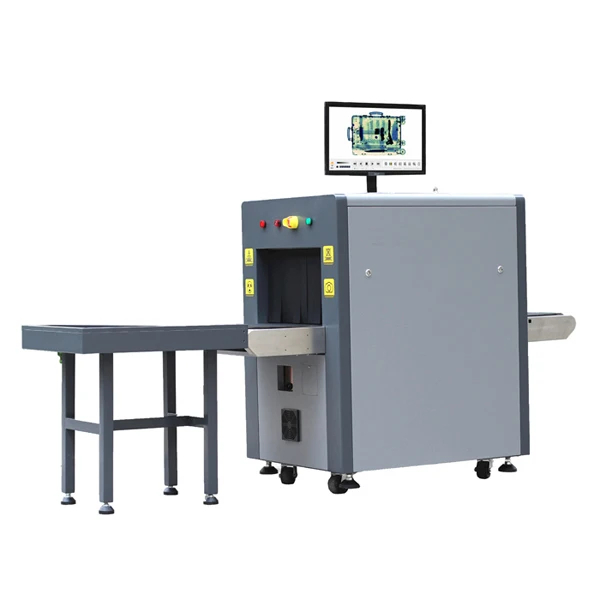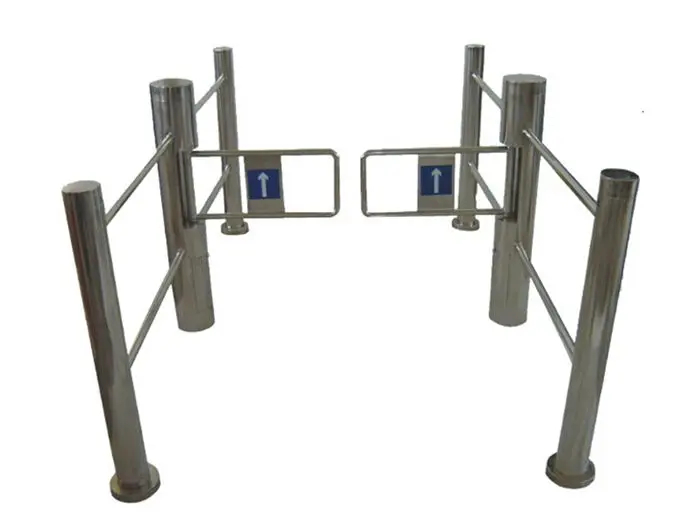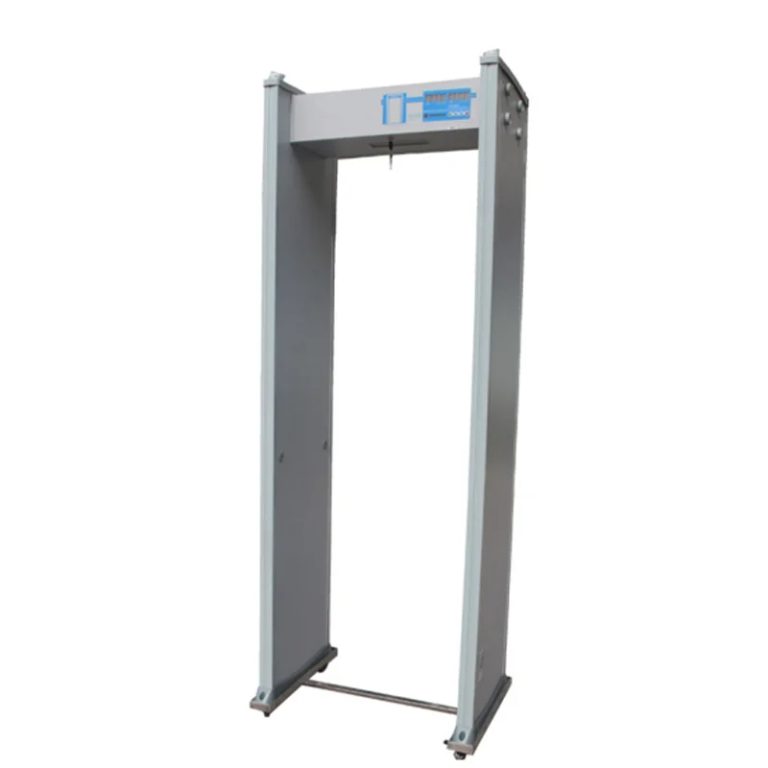Table of Contents
Sensitivity Levels in Hand Held Metal Detectors
Hand Held Metal Detectors are essential tools used in various industries, including security, construction, and mining. These devices are designed to detect metal objects hidden beneath surfaces or within objects. One crucial aspect of hand Held Metal Detectors is their sensitivity levels, which determine the device’s ability to detect different sizes and types of metal objects.
Sensitivity levels in hand Held Metal Detectors refer to the device’s capability to detect metal objects of varying sizes and materials. The sensitivity level of a metal detector is typically measured in terms of the smallest metal object it can detect. Higher sensitivity levels indicate that the device can detect smaller metal objects, while lower sensitivity levels may only detect larger metal objects.
The sensitivity level of a hand held metal detector is determined by several factors, including the type of metal being detected, the size of the metal object, and the distance between the detector and the metal object. Different types of metals have varying levels of conductivity, which affects the detector’s ability to detect them. For example, highly conductive metals like gold and silver are easier to detect than less conductive metals like aluminum or stainless steel.
In addition to the type of metal being detected, the size of the metal object also plays a significant role in determining the sensitivity level of a hand held metal detector. Larger metal objects are easier to detect than smaller ones, as they produce a stronger signal that is easier for the detector to pick up. However, some detectors are designed to be more sensitive to smaller metal objects, making them ideal for applications where small metal objects need to be detected.
The distance between the hand held metal detector and the metal object also affects the device’s sensitivity level. The closer the detector is to the metal object, the stronger the signal it will receive, making it easier to detect the metal object. Conversely, if the detector is too far away from the metal object, the signal may be weaker, resulting in a lower sensitivity level.
When choosing a hand held metal detector, it is essential to consider the sensitivity level that best suits your needs. For security applications, where small metal objects like weapons or contraband need to be detected, a detector with high sensitivity levels is crucial. On the other hand, for construction or mining applications where larger metal objects are more common, a detector with lower sensitivity levels may be sufficient.

In conclusion, sensitivity levels play a crucial role in determining the effectiveness of hand Held Metal Detectors. By understanding the factors that influence sensitivity levels, you can choose a detector that best suits your needs. Whether you are in the security, construction, or mining industry, selecting a hand held metal detector with the right sensitivity level is essential for ensuring accurate and reliable metal detection.
Battery Life and Power Source Options for Hand Held Metal Detectors
Hand Held Metal Detectors are essential tools used in various industries such as security, construction, and mining. These devices are designed to detect metal objects hidden beneath surfaces, making them crucial for ensuring safety and security in different environments. When choosing a hand held metal detector, one of the key factors to consider is the battery life and power source options available.
Battery life is a critical consideration when selecting a hand held metal detector, as it determines how long the device can be used before needing to be recharged or replaced. The battery life of a metal detector can vary depending on the model and brand, with some devices offering longer battery life than others. It is important to choose a metal detector with a battery life that meets your specific needs and requirements.
In addition to battery life, the power source options available for hand Held Metal Detectors also play a significant role in determining the device’s usability and convenience. Most hand Held Metal Detectors are powered by rechargeable batteries, which can be easily recharged using a power adapter or USB cable. Rechargeable batteries are a popular choice for metal detectors as they are cost-effective and environmentally friendly.
Some hand Held Metal Detectors also offer the option of using disposable batteries, such as AA or AAA batteries. While disposable batteries may provide a convenient power source option, they can be more expensive in the long run and may not be as environmentally friendly as rechargeable batteries. It is important to consider the pros and cons of each power source option when choosing a hand held metal detector.
When selecting a hand held metal detector, it is essential to consider the battery life and power source options available to ensure that the device meets your specific needs and requirements. Devices with longer battery life are ideal for extended use in high-demand environments, while devices with rechargeable batteries offer a cost-effective and environmentally friendly power source option.
In conclusion, battery life and power source options are crucial factors to consider when choosing a hand held metal detector. By selecting a device with a battery life that meets your specific needs and requirements, and choosing a power source option that is convenient and cost-effective, you can ensure that your hand held metal detector performs optimally and reliably in various environments. Whether you are using a metal detector for security, construction, or mining purposes, selecting the right battery life and power source options will help you get the most out of your device.

